I'll get back to posting shelter dogs and cats after this post. I think this is important information for people to read. It really is the same old same old, people's cruelty toward animals partly sanctioned by government regulations and people who are greedy for profit and power and use animals for that goal To them animals are not sentient beings but objects. The way people treat animals shows alot about them and the society we live in. The miserable ride to slaughter and then the terror of the slaughterhouse. Happens to all animals used for food "harvested" by much agra business or factory farms. Money above compassion all the time for the " Kill buyers" at these auctions.
Equine Advocates
"Horse Slaughter - an American Disgrace: Horse slaughter is the way by which irresponsible people get rid of their unwanted horses quickly and for a profit. Every year, well over 170,000 equines from the United States are slaughtered for human consumption to satisfy the taste for horsemeat in Europe and Japan where it is considered a delicacy."
Dark Horse ( A MUST read. It is sickening what is done to the horses. It is Beyond sickening. The only way to stop this is to know about it and support bills that will stop it, donate to rescues, take in a horse if you can)
For many equines that have served humans faithfully, an undignified end awaits
by Lisa Couturier
http://www.equineadvocates.org/issueDetail.php?recordID=2
At the auction, Pat leaves the bleachers frequently to track down Thoroughbreds, and while she is away, quite a few of them stream in and out of the noisy bidding ring, along with other breeds, too many to list, all in and out so fast it is hard to keep track of the numbers and prices. All of the following, which is in no way a complete list, were taken by the kill buyers:
– Thoroughbred bay gelding: $310
– Thoroughbred chestnut gelding: $325
– Palomino gelding, whipped several times by rider: $450
– Two Thoroughbred geldings, lost track of price
– Thoroughbred gelding, no price that I can hear, exits early
– Standardbred mare, leaves the ring early. On her way out, Mennonite boys whip her repeatedly in the face. Russek will tell me later that some of the Amish and Mennonites can be “truly heartless” in the way they treat their horses, an observation that is, in all but the same words, repeated by a horse rescue worker who reported her experience at an Indiana auction on the Grateful Acres website: “The kill pen is full of Belgian draft horses, the powerful, living machinery of Amish farms. . . . [T]he Belgians in this pen are grievously and horrifyingly injured. They have been worked until they literally cannot stand any longer. . . . No matter that the animal has slaved . . . for any number of years, no matter that his swollen, oozing knee is collapsing at every forced step. Just as a broken plow would be sold to the junk man for the metal, these broken animals are sold to the kill-man for meat.”
– Thoroughbred / Quarter Horse cross: $125
– Farm horse sold “as is” leaves ring early
– Paso Fino gelding, eleven years old, brown with white face: $160
For those of us who will never get to the kill floor, or who have not the stomach to watch the videos on YouTube, here are two short excerpts, the first from the notes of an Animal and Plant Health Inspection Investigator at eleven-twenty a.m. on April 13, 2005, at the Cavel slaughter plant in DeKalb, Illinois:
Eight horses were in the alleyway leading directly to the knock-box. . . . The employee who is routinely assigned to work on the kill floor, hanging the horses on the rails, was using a riding crop to whip the horse in the alleyway closest to the knock-box. This horse continued to move backward, away from the knock-box causing the other horses behind it to be overcrowded. As the whipping continued the horses in the alleyway became extremely excited. I immediately told the employee to stop but he did not listen to me. During this time, the last horse in the alleyway attempted to jump over the alleyway wall and became stuck over the top of the wall. Eventually it had flailed around enough to fall over to the other side of the wall. I went to the kill floor to find the plant manager, could not find him. . . . Meanwhile two more horses fell down in the alleyway. The first was the second horse in line to the knock-box. It had fallen forward and the horse behind it began to walk on top of it as the downed horse struggled to get up. The second horse to fall was the fourth horse in line. It had flipped over backwards due to the overcrowding and was subsequently trapped and trampled by the fifth and sixth horses in line in their excitement. . . .
http://shedrowconfessions.wordpress.com/2013/02/20/further-proof-how-awesome-kill-buyers-and-feedlot-brokers-are/
The Fuzzy Math Being Used to Justify Horse Slaughter in the United States
There needs to be no horse slaughter period imo. But here are people who want to make the whole experience more pleasant for the animals (I am being sarcastic) Read table 3.
Survey of Trucking Practices and Injury to Slaughter Horses
Temple Grandin, Kasie McGee and Jennifer LanierDepartment of Animal Sciences
Colorado State University
Fort Collins, CO 80523-1171
ABSTRACT
Sixty-three trailer loads arriving at two slaughter plants in Texas were observed in July and August of 1998. A total of 1008 horses were surveyed. Forty-two percent of the horses were transported on double decks, 9% on straight single deck semi-trailers and 49% on goosenecks. The average number of horses on each load was double decks 28, single deck straight trailers 22 and goosenecks 11. The maximum number transported on each type of trailer was double decks 45, single deck straight trailers 25 and goosenecks 22. Ninety-two percent of the horses arrived in good condition and 1.5% were not fit for travel. A total of 78 horses (7.7%) had severe welfare problems. Six percent 60 horses out of the 7.7% had conditions caused by owner neglect or abuse and only 1.8% (18 horses) had transport and marketing injuries severe enough to be rated a severe welfare problem. Owner problems were significantly greater than transport problems (chi square> .001). Examples of origin welfare problems were loaded with a broken leg, emaciated, foundered, race horses with bowed tendons and horses that were too weak to be transported.Fighting was a major cause of injuries during transport and marketing. Thirteen percent of the carcasses had bruises caused by bites or kicks. Fifty-one percent of all carcass bruises were caused by bites or kicks. To reduce injuries aggressive mares and geldings must be removed and held in a separate pen in the same manner as stallions. Loads from dealers who picked up horses from more than one auction had more external injuries and carcass bruises than direct loads (chi square> .001). The authors make the following recommendations: 1) Educate horse owners they are responsible for horse welfare, 2) Horse associations should all have animal care guidelines, 3) Station USDA/APHIS trained welfare inspectors in slaughter plants, 4) Fine individuals who transport horses unfit for travel, 5) Segregate aggressive mares and geldings in the same manner as stallions, 6) Improve horse identification,.." read the rest.
Please support
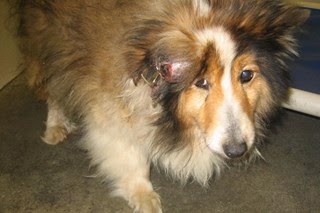












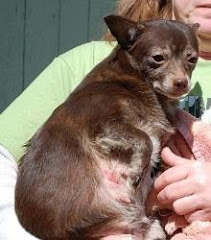
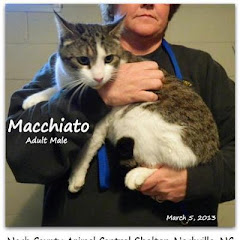


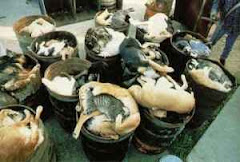
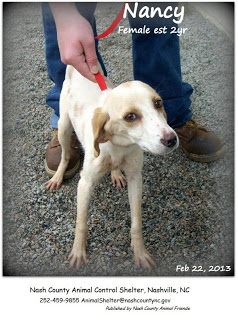

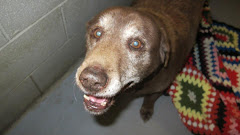















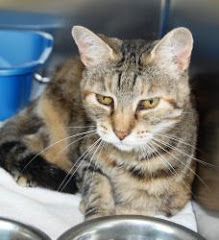
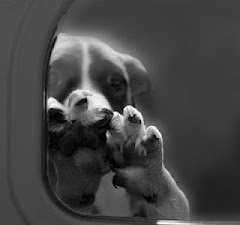





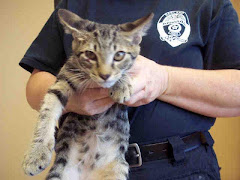


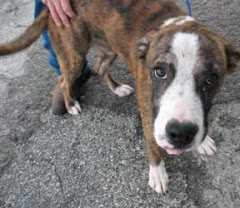




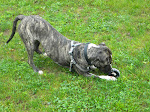
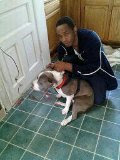



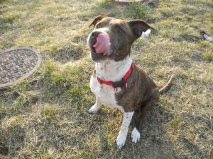


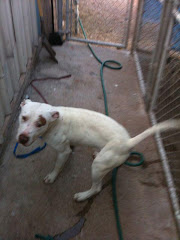






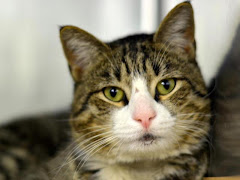

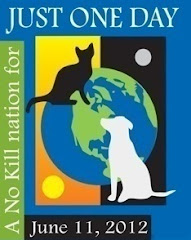













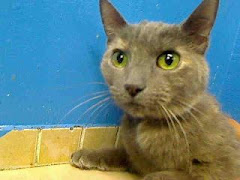






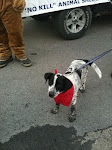

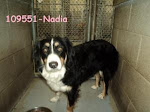

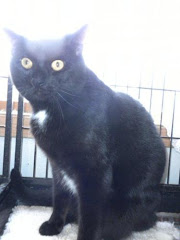


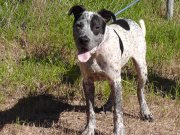
















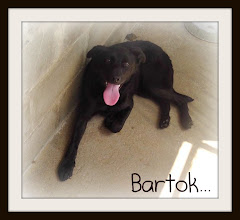










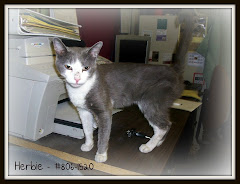






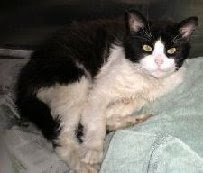




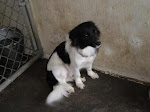



















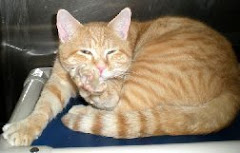






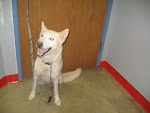
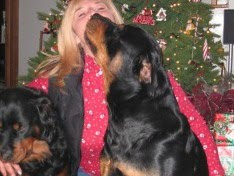
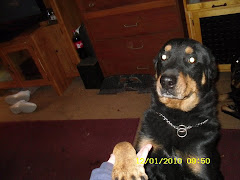


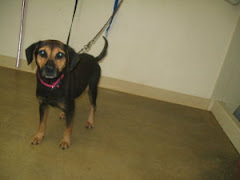






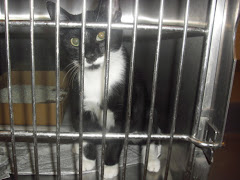







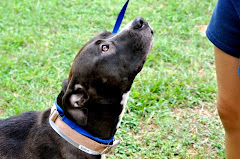
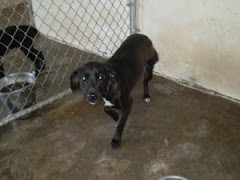




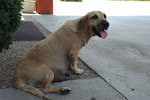











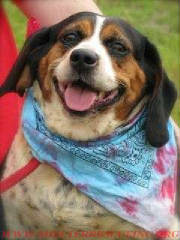
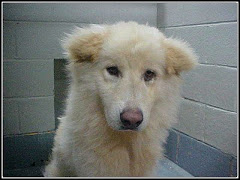






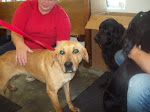

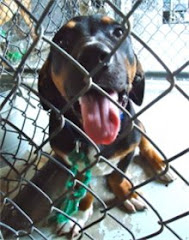
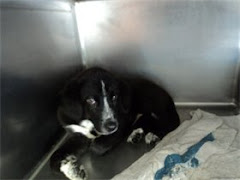
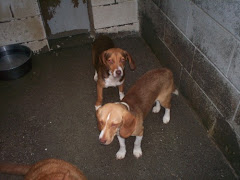




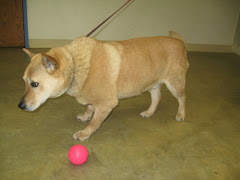


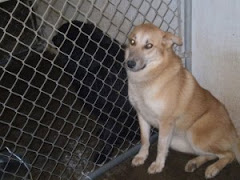


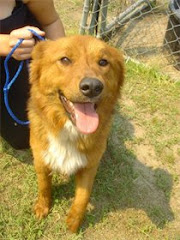
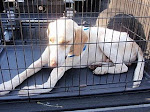




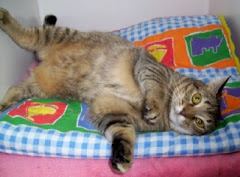











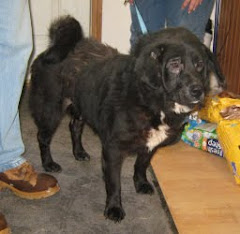
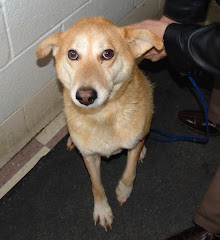

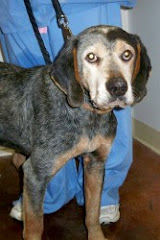
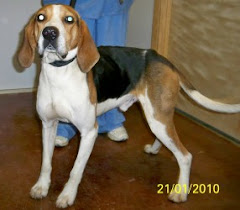
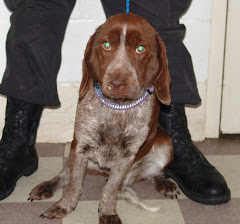
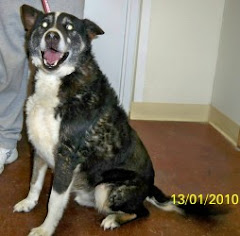




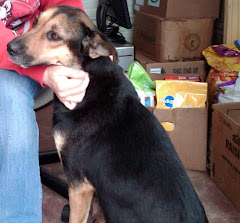
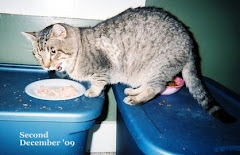





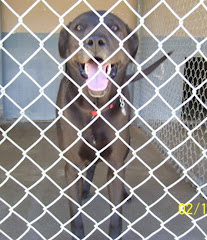








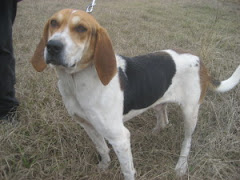

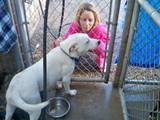
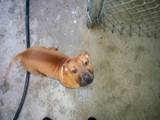
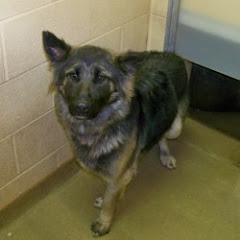






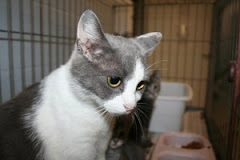






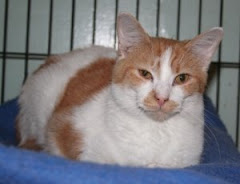













No comments:
Post a Comment